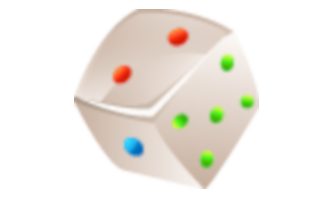Diameter of Circle
Mathematics, Grade 6
Diameter of Circle
Study Guide

Diameter of Circle
Flash Cards

Diameter of Circle
Quiz

Diameter of Circle
Worksheets

Diameter of Circle
Games

Study Guide Diameter of Circle Mathematics, Grade 6
❮
1
/
2
❯
DIAMETER OF A CIRCLE What is the diameter of a circle? The diameter of a circle is a line segment that passes through the center of a circle connecting one side of the circle to the other. The radius of the circle is half of the diameter. It is a line segment that goes from the center of the circle to the side of the circle. If two radii are drawn from the center of the circle, the angle made between them is called a central angle. A chord is a line segment that goes from one side of the circle to the other side of the circle, but does not pass through the center. The circumference is the distance around the circle, it is measured in terms of the diameter and the formula is C = π · d, where π is 3.14 and d is the diameter. How to use the diameter of a circle: • If the diameter of a circle is known, the radius can be found. The radius is one half of the diameter, so if the diameter is 10, the radius is 5. If the radius is 7, the diameter is 14. • If the diameter of the circle is known, the circumference can also be found using the formula C = π · d. Sometimes the exact circumference is not needed and instead of π being 3.14, π can be estimated to be 3. Example: Estimate the circumference if d = 5 → C = π · d → C = 3 · 5 = 15 • When finding circumference, π should be evaluated as given in the problem. If the circumference is given, the diameter can be found by filling in the circumference and then dividing by π. If given the circumference and the radius is needed, find the diameter and then divide by 2 to get the radius. © Copyright NewPath Learning. All Rights Reserved. Permission is granted for the purchaser to print copies for non-commercial educational purposes only. Visit us at www.NewPathLearning.com.
Try this! 1. Find the radius: d = 20 d = 36 d = 44 2. Find the circumference: d = 10 d = 4 d = 11 3. Find the diameter: C = 6.28 units C = 18.84 units © Copyright NewPath Learning. All Rights Reserved. Permission is granted for the purchaser to print copies for non-commercial educational purposes only. Visit us at www.NewPathLearning.com.
